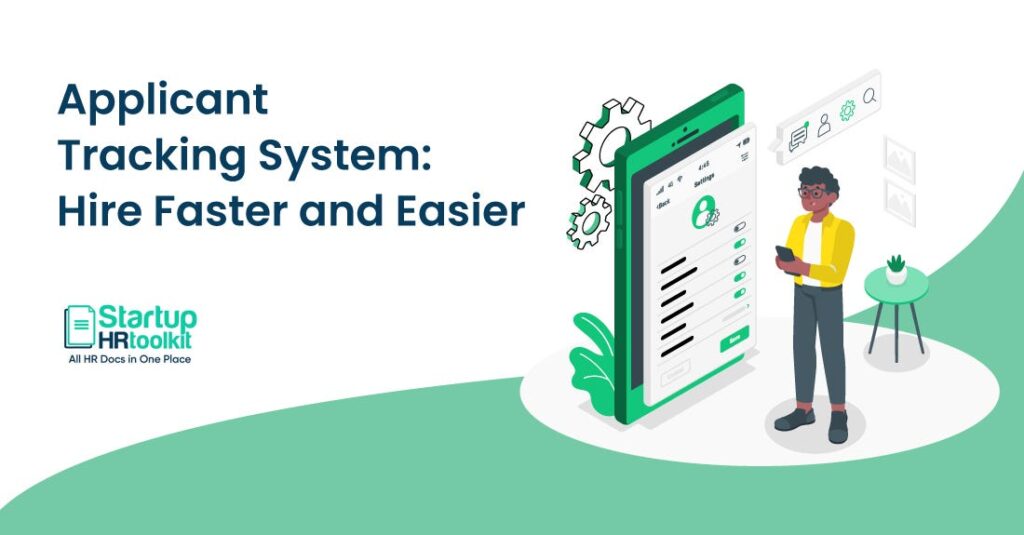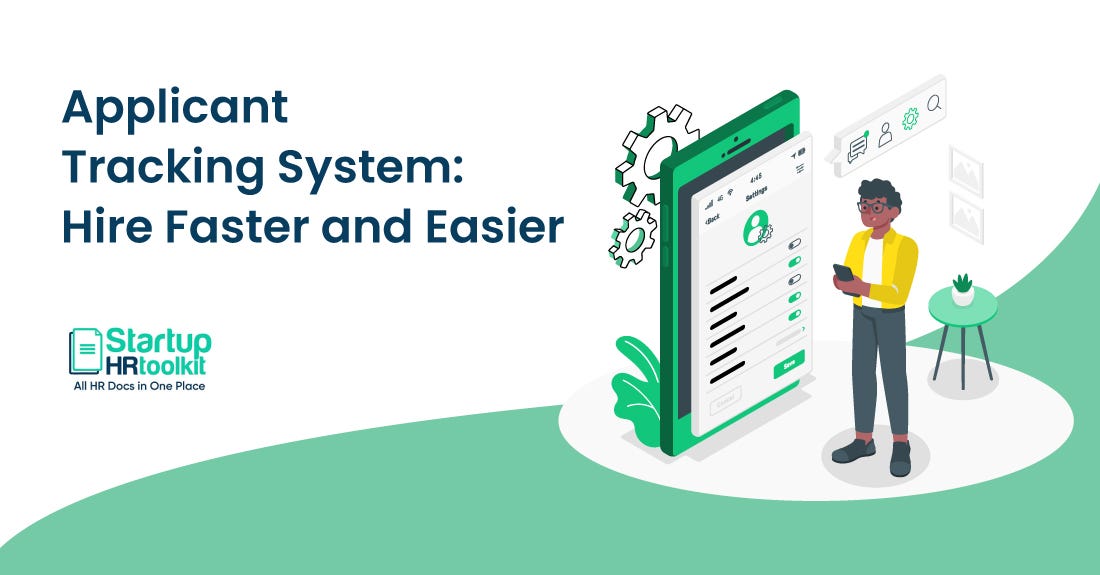
Navigating the World of HR ATS Systems: A Comprehensive Guide
In today’s competitive job market, organizations are constantly seeking ways to streamline their recruitment processes and attract top talent. One of the most effective tools in achieving this goal is the use of an Applicant Tracking System (ATS). An HR ATS system is a software application designed to automate and manage the entire hiring process, from posting job openings to onboarding new employees. This comprehensive guide will explore the intricacies of HR ATS systems, their benefits, key features, implementation strategies, and future trends.
Understanding the Core Functionality of HR ATS Systems
At its core, an HR ATS system serves as a centralized database for all applicant information. It allows recruiters and hiring managers to efficiently manage job postings, screen resumes, track candidate progress, schedule interviews, and communicate with applicants. The system typically integrates with various job boards, social media platforms, and internal career sites to expand reach and attract a wider pool of candidates.
Key Features of a Modern HR ATS System
- Job Posting and Distribution: Automates the process of creating and distributing job postings across multiple channels.
- Resume Parsing and Screening: Extracts key information from resumes and automatically screens candidates based on predefined criteria.
- Candidate Tracking: Provides a centralized view of all candidates and their progress through the hiring process.
- Interview Scheduling: Simplifies the scheduling of interviews with automated email reminders and calendar integration.
- Communication Management: Facilitates seamless communication with candidates through email templates and automated notifications.
- Reporting and Analytics: Generates reports and analytics on key recruitment metrics, such as time-to-hire, cost-per-hire, and source of hire.
- Compliance Management: Helps organizations comply with relevant employment laws and regulations.
- Onboarding: Some systems offer onboarding modules to help with the paperwork and processes needed to get a new hire ready to work.
The Benefits of Implementing an HR ATS System
Implementing an HR ATS system can bring numerous benefits to an organization, including:
Improved Efficiency and Productivity
By automating many of the manual tasks associated with recruitment, an HR ATS system can significantly improve the efficiency and productivity of HR staff. Recruiters can spend less time on administrative tasks and more time on strategic initiatives, such as sourcing and engaging with top talent.
Reduced Time-to-Hire
The streamlined workflows and automated processes of an HR ATS system can help organizations reduce their time-to-hire, which is the time it takes to fill a vacant position. A faster time-to-hire can minimize disruption to business operations and improve overall productivity.
Enhanced Candidate Experience
An HR ATS system can improve the candidate experience by providing a more transparent and efficient application process. Candidates can easily submit their applications online, track their progress, and receive timely updates on their status. A positive candidate experience can enhance an organization’s employer brand and attract more qualified applicants. [See also: Improving Candidate Experience]
Better Quality of Hire
By using data-driven insights and advanced screening tools, an HR ATS system can help organizations identify and hire better-qualified candidates. The system can also help to reduce bias in the hiring process and ensure that all candidates are evaluated fairly.
Cost Savings
While implementing an HR ATS system requires an initial investment, it can lead to significant cost savings in the long run. By automating manual tasks, reducing time-to-hire, and improving the quality of hire, an HR ATS system can help organizations reduce their overall recruitment costs.
Choosing the Right HR ATS System for Your Organization
Selecting the right HR ATS system is a crucial decision that requires careful consideration of your organization’s specific needs and requirements. Here are some key factors to consider when evaluating different systems:
Scalability
Choose a system that can scale with your organization’s growth. The system should be able to handle an increasing volume of applications and support a growing number of users.
Integration Capabilities
Ensure that the system can integrate with your existing HR systems, such as your HRIS or payroll system. Seamless integration can streamline data flow and improve overall efficiency.
User-Friendliness
Select a system that is easy to use and intuitive for both recruiters and hiring managers. A user-friendly system will encourage adoption and maximize the benefits of the technology.
Reporting and Analytics
Look for a system that offers robust reporting and analytics capabilities. The system should be able to generate reports on key recruitment metrics and provide insights into the effectiveness of your hiring process.
Vendor Support
Choose a vendor that provides excellent customer support and training. The vendor should be responsive to your needs and able to provide ongoing assistance as you use the system.
Implementing an HR ATS System: Best Practices
Implementing an HR ATS system is a complex project that requires careful planning and execution. Here are some best practices to ensure a successful implementation:
Define Your Requirements
Before you start evaluating different systems, take the time to define your organization’s specific requirements. What are your key pain points in the recruitment process? What features are most important to you? What are your budget constraints?
Involve Stakeholders
Involve all key stakeholders in the selection and implementation process. This includes recruiters, hiring managers, IT staff, and senior management. Getting buy-in from all stakeholders will increase the likelihood of a successful implementation.
Develop a Project Plan
Create a detailed project plan that outlines the steps involved in the implementation process, including timelines, responsibilities, and milestones. A well-defined project plan will help to keep the implementation on track and ensure that all tasks are completed on time.
Provide Training
Provide comprehensive training to all users of the system. Training should cover all aspects of the system, including job posting, resume screening, candidate tracking, and reporting. Proper training will ensure that users are able to effectively use the system and maximize its benefits.
Monitor and Evaluate
Continuously monitor and evaluate the performance of the system. Track key metrics, such as time-to-hire, cost-per-hire, and candidate satisfaction. Use this data to identify areas for improvement and optimize your recruitment process.
The Future of HR ATS Systems
The field of HR ATS systems is constantly evolving, with new technologies and trends emerging all the time. Some of the key trends shaping the future of HR ATS systems include:
Artificial Intelligence (AI)
AI is being increasingly used in HR ATS systems to automate tasks such as resume screening, candidate matching, and interview scheduling. AI-powered systems can help organizations to identify and hire better-qualified candidates more efficiently.
Mobile Recruitment
With the increasing use of mobile devices, mobile recruitment is becoming more and more important. HR ATS systems are now offering mobile-friendly applications that allow candidates to apply for jobs and track their progress from their smartphones or tablets.
Social Media Integration
Social media is playing an increasingly important role in recruitment. HR ATS systems are now integrating with social media platforms to help organizations reach a wider pool of candidates and promote their employer brand. [See also: Social Media Recruitment Strategies]
Data Analytics
Data analytics is becoming increasingly important for making informed decisions about recruitment. HR ATS systems are now offering more sophisticated analytics capabilities that allow organizations to track key recruitment metrics and identify areas for improvement.
Conclusion
HR ATS systems are essential tools for organizations looking to streamline their recruitment processes, attract top talent, and improve their overall hiring outcomes. By understanding the core functionality, benefits, and implementation strategies of HR ATS systems, organizations can make informed decisions about which system is right for them and ensure a successful implementation. As the field of HR ATS systems continues to evolve, organizations that embrace new technologies and trends will be best positioned to compete for top talent in the years to come. Investing in an effective HR ATS system is an investment in the future of your workforce and the success of your organization. The right HR ATS system can transform your hiring process and give you a competitive edge in today’s challenging job market.

